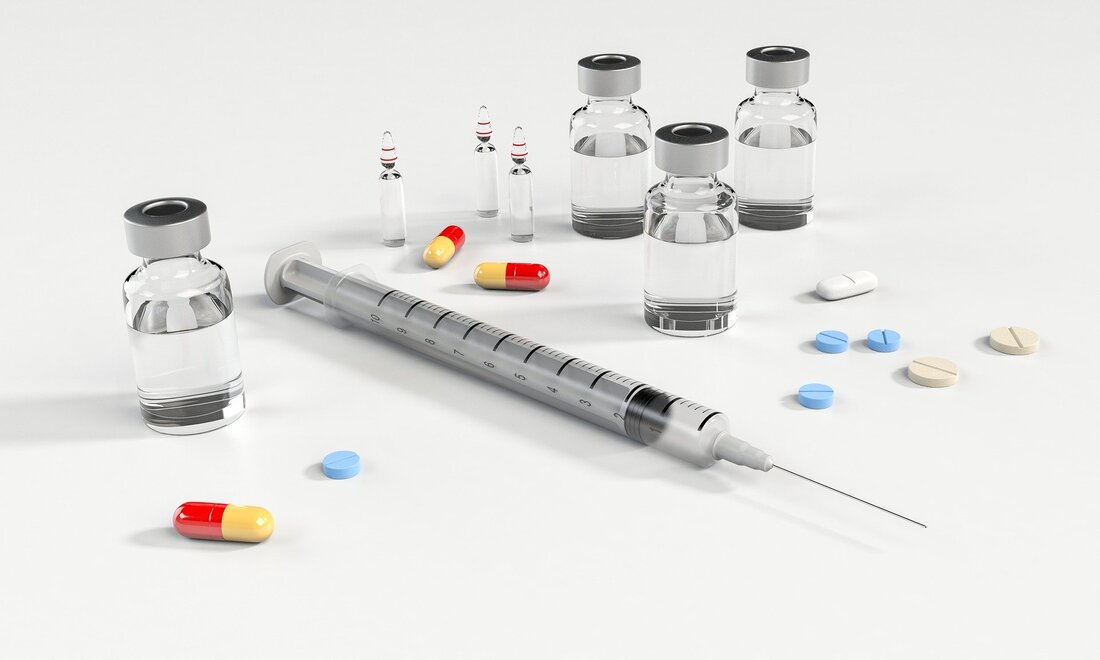|
What is Surgery – What causes abscess?
DEFINITION An abscess is a mass of necrotic tissue, including dead and living neutrophils suspended in tissue breakdown products (pus), surrounded by a coating of inflammatory exudate. AETIOLOGY The rupture of a tissue barrier by a penetrating injury, local infection, or the migration of normal flora to sterile areas of the body gets walled off in an attempt to inhibit further spread of the infection. Common bacteria include Staphylococcus, streptococci, enteric organisms (e.g. Escherichia coli), other coliforms and anaerobes (e.g. Bacteroides spp). (e.g. Bacteroides spp.). TB classically creates ‘cold’ abscesses. ASSOCIATIONS/RISK FACTORS Local: Tissue necrosis, an underperfused area or foreign substance that provides a focus for infection, e.g. a tooth or root fragment, splinters, mesh of hernia repair or embedded hair. Systemic: Diabetes, immunosuppression (but may interfere with pus formation). EPIDEMIOLOGY Common in all ages. HISTORY The patient may complain of local consequences of pain, swelling, heat, redness and impaired function of the area where the abscess is present (dolor, tumour, calor, rubor and functio laesa, the Celsian symptoms of acute inflammation) and/or systemic effects such as fever and feeling poorly. EXAMINATION The foregoing symptoms of acute inflammation are present at the site of the abscess. If present within an organ (e.g. liver or lung, or bodily cavity), localising indications may be missing, the only indicator being a swinging pyrexia (produced by periodic release of microbes or inflammatory mediators into the systemic circulation), which should initiate a search for an infected collection. One ancient proverb is that if pus is somewhere and pus is nowhere, then pus is under the diaphragm (subphrenic abscess). PATHOLOGY/PATHOGENESIS Bacteria instigate a severe acute inflammatory response with the development of pus, a collection of cellular debris and bacteria. An abscess occurs as it becomes surrounded by a fibrinous exudate and granulation tissue (macrophages and fibroblasts), with subsequent collagen deposition and walling off. Cold abscesses are collections of caseating necrosis containing mycobacterium — ‘cold’ because there is no concomitant acute inflammatory reaction. INVESTIGATIONS Bloods: FBC (↑ neutrophils). Imaging: Ultrasound, CT or MRI scanning or even 67Ga white cell scanning may be employed in the search for the site of a collection or abscess. Aspiration: Pus is low in glucose and acidic. Culture of pus for microbes and sensitivity to antibiotics. MANAGEMENT Prevention: Prophylactic antibiotics (e.g. during procedures), if given early during an infection. Often not effective after an abscess has formed. General: Principles involved include drainage of pus, removal of necrotic and foreign material, antimicrobial cover and repair of the underlying factor. Surgery: Drainage of pus is carried done by incision and drainage, with debridement of the cavity and subsequent free drainage by packing of the cavity (if superficial) or by drains (if deep) (if deep). Interventional radiology: Ultrasound or CT guidance can be used to localise and aspirate the contents of an abscess. COMPLICATIONS Spread may occur in cellulitis (in skin) or bacteraemia with systemic sepsis. If the focus of infection is not removed, a persistent abscess or draining sinus or fistula may occur. Occasionally, antibiotics may penetrate and result in the formation of a sterile collection or antibioma. If limited by strong facial planes, slow expansion might cause pressure necrosis of adjacent tissues. Abscesses may induce destruction of properly functioning tissue (e.g. liver or nephric abscess). PROGNOSIS Good if fully drained and predisposing factor removed. If left untreated, abscesses tend to ‘point’ to the nearest epithelial surface and may spontaneously discharge their contents. Deep abscesses may become chronic, undergoing dystrophic calcification.
0 Comments
Leave a Reply. |
Kembara's Health SolutionsDiscovering the world of health and medicine. Archives
June 2023
Categories
All
|

 RSS Feed
RSS Feed